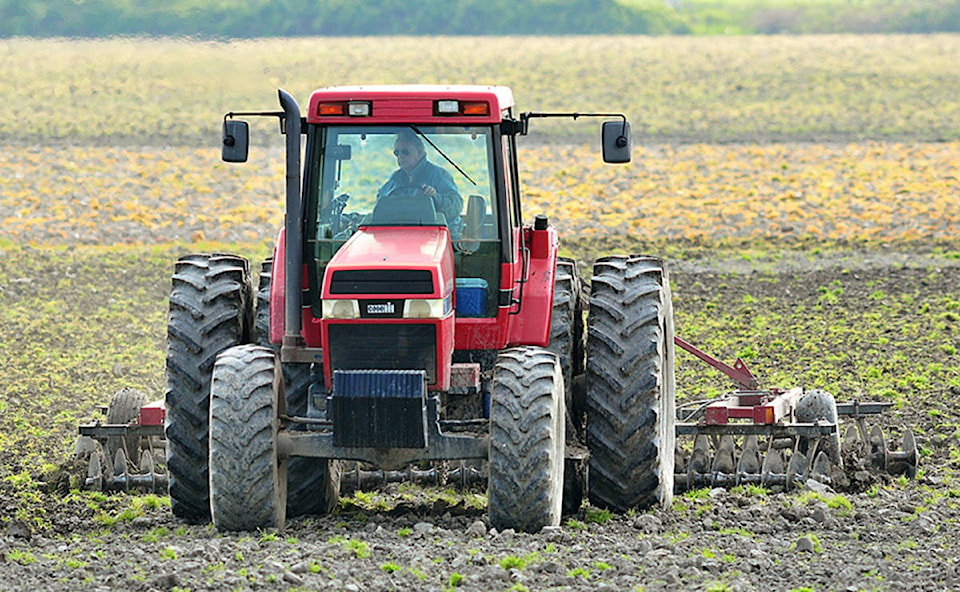The Regional District of Mount Waddignton is participating in a land use survey that will provide new data on agriculture in the region.
Agricultural Land Use Inventory (ALUI) surveys are conducted during the summer to identify crop type, irrigation methodology, and availability of land parcels for future agricultural production.
“Our agricultural activities are limited here on the North Island compared to other areas of the province, but there are nevertheless agricultural activities occurring,” said Jeff Long, Manager of Planning &Development Services for the regional district.
“It’s not just crop farming but all types of activities.”
A surveyor was sent out to drive on public roads and observe the land and record how it’s currently being used.
The survey aims to define the amount of actively farmed land in the region as of 2017, improving understanding of the challenges and opportunities to enhance agriculture, and identify opportunities to improve land use.
“We finished doing the Mount Waddington mapping and the student that we hired is taking the information back,” said Jill Hatfield, B.C. Ministry of Agriculture’s Regional Agrologist for Vancouver Island North.
“This is the first time we have done an inventory in the area,” said Corrine Roesler, who is the Project Lead for the BC Ministry of Agriculture. She noted that while the survey itself has been completed the project is still ongoing.
Roesler said once this information has been compiled it will provide a baseline “so if you do go back in 20 years you can understand the pattern of change on the landscape.”
She continued, clarifying that “It is a snap shot in time, it’s not great for specific parcel level activities. It’s more a planning tool.”
The data will be available to local governments in the region for land use planning or management, and also available to wildlife researchers or any group that requires using the data for any purpose.
“We want as many people as possible to use it,” said Roesler.
Roesler said Long provided them with the names of three local people involved in agriculture that the Ministry will consult with to ensure their information is as comprehensive as possible.
“We are going to ask if we found all the agriculture uses in the area - we like to get as much information as possible, and we like to provide people the opportunity to understand what we have done,” she added.
The survey will also be used to help develop an agricultural water demand model because the long term viability of agriculture depends on the availability of water.
The water demand model aims to provide an estimate for water demand and improve understanding of water demand patterns.
“What we look at is what happens if all the land was in agriculture production - what kind of water would need to be supplied,” said Roesler.
She continued, stating “one day Mount Waddington may do a water sustainability plan and this model will inform that plan.”
Funding for the survey is provided by the BC Ministry of Agriculture and Agriculture and Agri-Food Canada through a Growing Forward 2, federal-provincial-territorial initiative.
